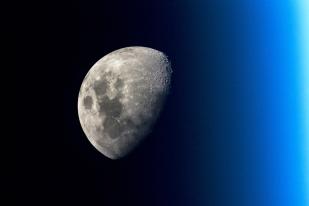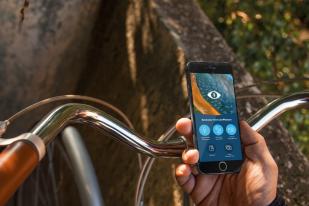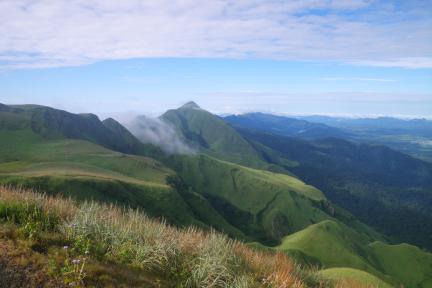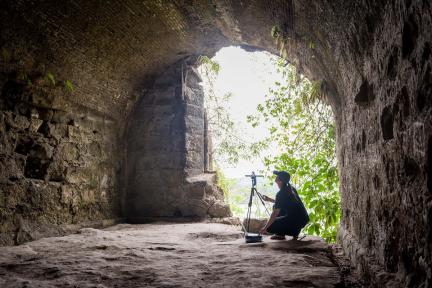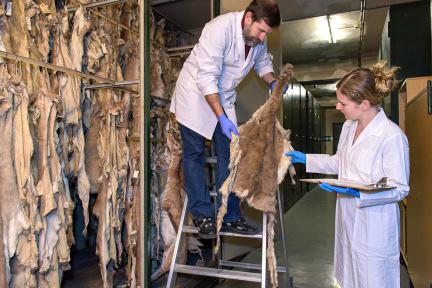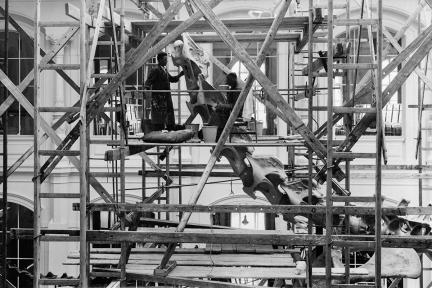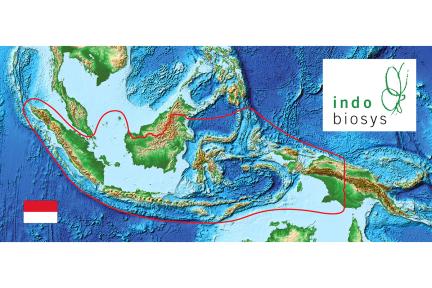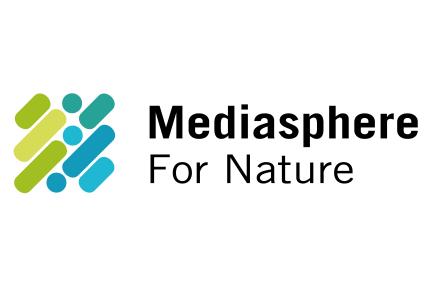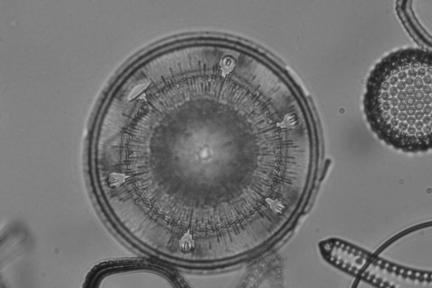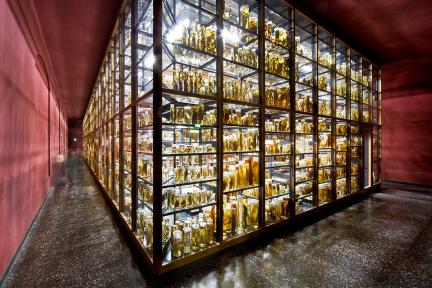Evaluation 2019
International Commission of Experts confirmed: Museum für Naturkunde is a globally visible model for research museums. Let us introduce you to a few highlights.
Research
Are you interested in the very diverse research we conduct? You could start with questions “of exceptionally high scientific interest” [quote from the Commission's report] in impact and meteorite research. For example: what happened during the Moon’s formation phase and what does that have to do with Earth becoming an inhabitable planet. A lot.
Speaking of inhabitable – what happens to diversity during or after environmental changes? Our research questions “pertaining to global climate change play an important contemporary role.” And can we predict extinction risk of living species by looking into the fossil record of our collection? [spoiler alert: yes]
How do animals’ body plans and organ systems interact with their environment? Not only are our research questions “relevant and produce highly visible results”, such as our finding that the unique patterns of limb regeneration in modern amphibians (yes – some can just regrow a lost leg!) originated far earlier than previously assumed. In “extremely productive interactions between Museum stocks and technology”, we also contribute to the development of new methods.
Did you know that bats sing? When we look at evolution at the micro level, we make "impressive use of the Museum stocks, including MfN’s extensive animal sound archive.” For example, when we study the role of culture in the evolution of new bat species.
And to round it off – we reflect our own practices with “remarkable specialist knowledge.” For example, in an inquiry into the history and politics of our Brachiosaurus brancai.
Infrastructure
All of our research is closely linked to our collection, “which easily takes its place alongside the most important natural history collections in the world.” It is incredibly diverse: dinosaur bones, beetles, DNA samples, marine sponges or bird feathers require very different types of collection care activities, which are “conducted with great dedication and at a high level of expertise.”
The collection also helps us discover not-yet-described species! Because only a tiny fragment of nature has been described, we also contribute “significantly to capacity building in biodiversity-rich regions” through cooperation with local partners.
One major effort in the last years has been the digitizing of our collection, where we have made “remarkable progress.” Check out our new insect scanner! Digitizing 30 Mio objects requires very sophisticated data management structures, and we made sure that “aspects of open access as well as open science and open infrastructure play a very important role” in their development.
We are also one of the driving forces behind DiSSCo – a cooperation that aims at linking all European natural history collections.
Transfer
Interested in our knowledge transfer and communication activities that are “outstanding”? Where to begin… Obviously, there are our “excellently curated exhibitions” such as ARA [05.2017-11.2018].
The application lab Mediasphere for Nature is an innovation platform in cooperation with small businesses, and “the approaches and methodological knowledge [thus] acquired are ground-breaking.” And there’s the Experimentierfeld within our exhibition space, “an innovative infrastructure” where we offer many novel activities to engage citizens with our science. Come by and check out the many activities offered!
If you can’t come visit us and participate in the one of the numerous activities that make us “a source of inspiration for the German museum landscape”, do not worry. How about trying our Naturblick app, that helps you discover urban (German) nature? Did we mention that the algorithms in Naturblick are award-winning?
There is so much more we’d love to share. Because we love what we do and we love nature. So come visit us or browse through our digital offers, and dive into the depth of all the weird and fun and excellent science we churn out!
